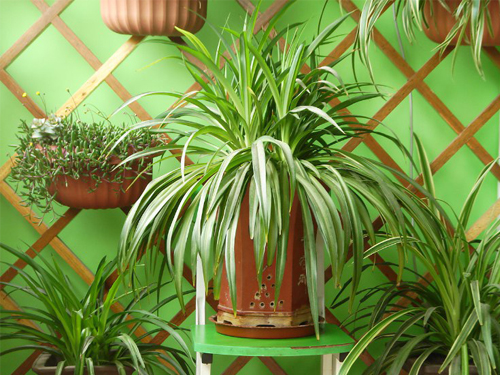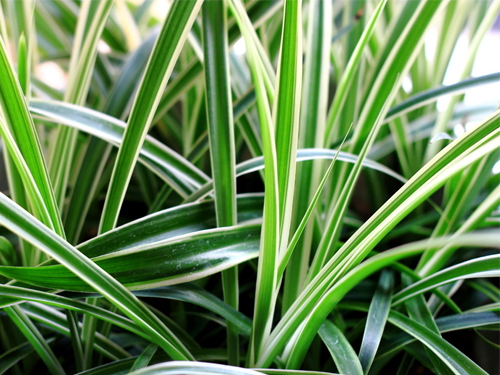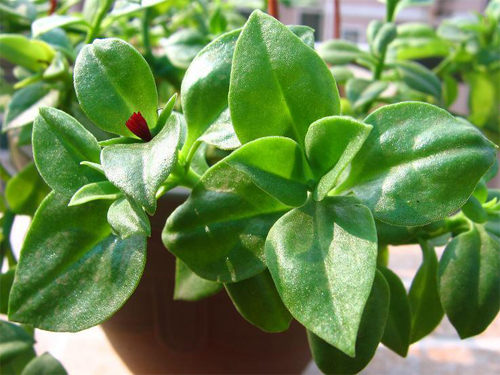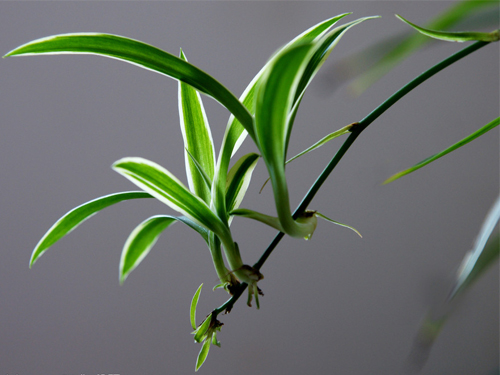Recommended culture methods and indoor planting skills of Cymbidium
Introduction: the most important feature of Cymbidium is that mature plants grow stems from time to time, flower pavilions are slender, longer than leaves, curved; racemes are simple or branched, and sometimes clusters of 2Muth8-meter strips of leaves grow on the upper nodes of the inflorescence. The florescence is between spring and summer, and it can also bloom indoors in winter. The following will be followed by the editor to learn about the cultivation methods and planting skills of Cymbidium.

Sex likes a warm, humid, semi-overcast environment. It has strong adaptability and is resistant to drought and cold. Instead of soil, it grows better in loose sandy loam. Light requirements are not strict, a ship is suitable for growing in medium light conditions, but also resistant to weak light.

Except that the winter temperature is too low to be suitable for ramet, it can be carried out in other seasons. When potted plants were planted for 3 years, the dense potted seedlings were removed from the old culture soil and divided into two to several clumps when the pots were changed in spring. Cymbidium can also be propagated by small plants on the walking stem. In the growing season, the small plants on the stems are cut, planted in the culture soil or in water, and then transplanted into the basin after the small plants take root.

In potted cultivation, rotten leaf soil or peat soil, garden soil and river sand are often mixed with a small amount of base fertilizer as substrate. Change the basin every 2-3 years and re-prepare the culture soil. The fleshy root has well-developed water storage tissue and strong drought resistance, but it needs more water during the peak growth period from March to September, so it should be watered and sprayed frequently to increase humidity.

Nitrogen fertilizer is the main fertilizer, but Jinxin and Phnom Penh varieties should not apply too much nitrogen fertilizer, otherwise the line spot of leaves will not become obvious. Hanging orchid likes the semi-shady environment, if the light is too strong or insufficient, the leaves will easily become light green or yellowish green, lack of vitality, lose their due ornamental value, or even die.
Recommended reading: indoor night incense culture method Gardenia jasminoides indoor cultivation
Related
- Wuhan Hospital Iron Tree Blooming Result Was Instantly Frightened by the Gardener Master
- Which variety of camellia is the most fragrant and best? Which one do you like best?
- What is the small blue coat, the breeding methods and matters needing attention of the succulent plant
- Dormancy time and maintenance management of succulent plants during dormancy
- Minas succulent how to raise, Minas succulent plant pictures
- What are the varieties of winter succulent plants
- How to raise succulent plants in twelve rolls? let's take a look at some experience of breeding twelve rolls.
- Attention should be paid to water control for succulent plants during dormant period (winter and summer)
- Watering experience of twelve rolls of succulent plants
- Techniques for fertilizing succulent plants. An article will let you know how to fertilize succulent plants.



